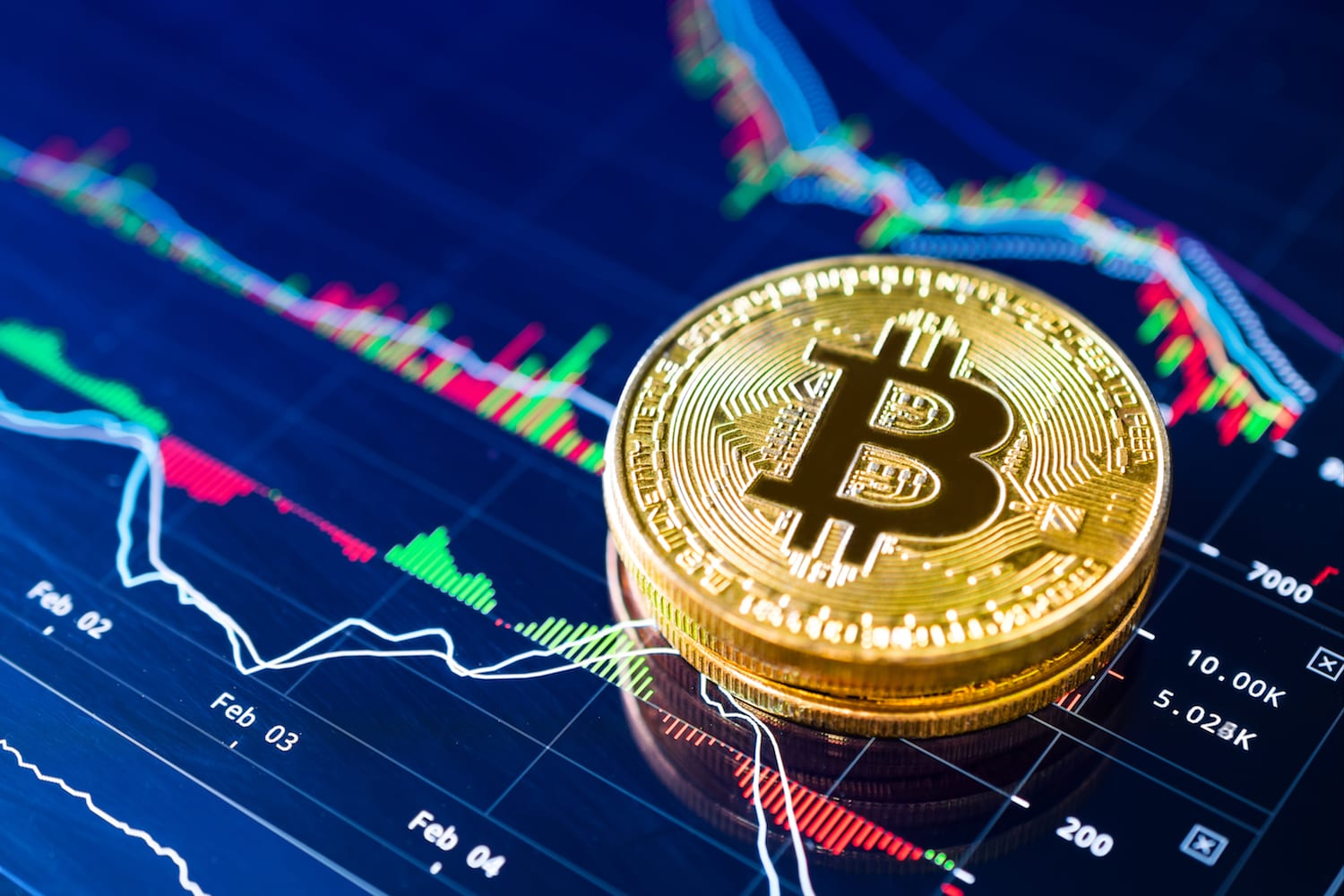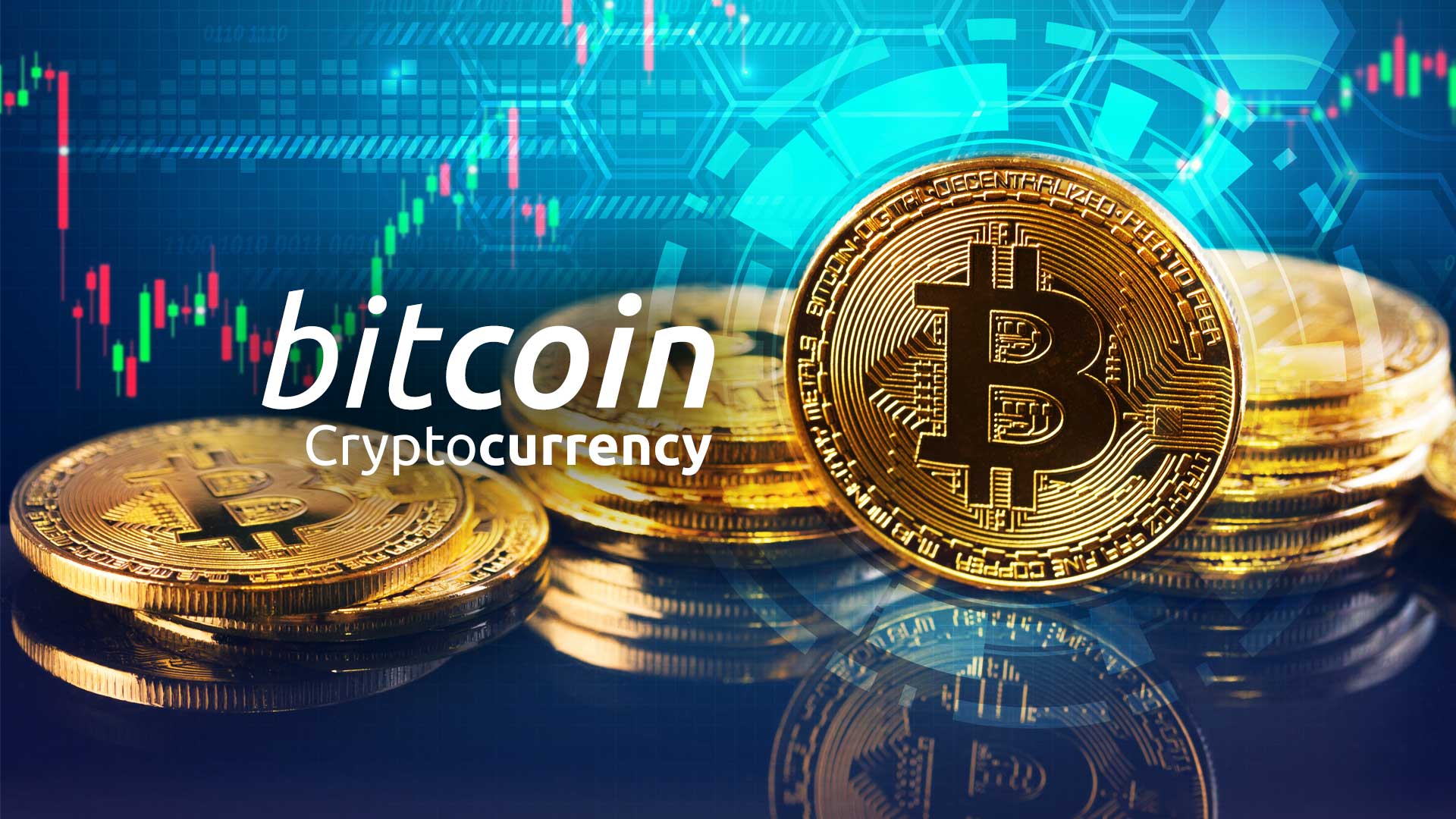Cryptocurrency trading
The European Commission published a digital finance strategy in September 2020. This included a draft regulation on Markets in Crypto-Assets (MiCA), which aimed to provide a comprehensive regulatory framework for digital assets in the EU.< https://tribaldesigncr.com/how-to-choose-the-right-print-format/ /p>
The world’s second-largest cryptocurrency, Ethereum, uses 62.56 kilowatt-hours of electricity per transaction. XRP is the world’s most energy efficient cryptocurrency, using 0.0079 kilowatt-hours of electricity per transaction.
On 18 May 2021, China banned financial institutions and payment companies from being able to provide cryptocurrency transaction related services. This led to a sharp fall in the price of the biggest proof of work cryptocurrencies. For instance, bitcoin fell 31%, Ethereum fell 44%, Binance Coin fell 32% and Dogecoin fell 30%. Proof of work mining was the next focus, with regulators in popular mining regions citing the use of electricity generated from highly polluting sources such as coal to create bitcoin and Ethereum.
Regulators in several countries have warned against cryptocurrency and some have taken measures to dissuade users. However, research in 2021 by the UK’s financial regulator suggests such warnings either went unheard, or were ignored. Fewer than one in 10 potential cryptocurrency buyers were aware of consumer warnings on the FCA website, and 12% of crypto users were not aware that their holdings were not protected by statutory compensation. Of 1,000 respondents between the ages of eighteen and forty, almost 70% wrongly assumed cryptocurrencies were regulated, 75% of younger crypto investors claimed to be driven by competition with friends and family, 58% said that social media enticed them to make high risk investments. The FCA recommends making use of its warning list, which flags unauthorized financial firms.
According to the European Central Bank, the decentralization of money offered by bitcoin has its theoretical roots in the Austrian school of economics, especially with Friedrich von Hayek in his book Denationalisation of Money: The Argument Refined, in which Hayek advocates a complete free market in the production, distribution and management of money to end the monopoly of central banks.
Cryptocurrency bitcoin price
Bitcoin’s source code repository on GitHub lists more than 750 contributors, with some of the key ones being Wladimir J. van der Laan, Marco Falke, Pieter Wuille, Gavin Andresen, Jonas Schnelli and others.
Bitcoin (BTC) was created by an unknown person or group using the name Satoshi Nakamoto. It was launched in January 2009 when the first Bitcoin block, called the Genesis Block, was mined. Bitcoin was designed as a decentralized digital currency, free from government control or interference.
On the flip side, countries like China have moved to heavily clamp down on Bitcoin mining and trading activities. In May 2021, the Chinese government declared that all crypto-related transactions are illegal. This was followed by a heavy crackdown on Bitcoin mining operations, forcing many crypto-related businesses to flee to friendlier regions.

Bitcoin’s source code repository on GitHub lists more than 750 contributors, with some of the key ones being Wladimir J. van der Laan, Marco Falke, Pieter Wuille, Gavin Andresen, Jonas Schnelli and others.
Bitcoin (BTC) was created by an unknown person or group using the name Satoshi Nakamoto. It was launched in January 2009 when the first Bitcoin block, called the Genesis Block, was mined. Bitcoin was designed as a decentralized digital currency, free from government control or interference.
Cryptocurrency bitcoin
Another big difference between cryptocurrencies and paper currencies is how they are structured. Official currencies are centralised and guaranteed by a central bank that controls their supply. So for example, the European Central Bank guarantees the euro and controls its supply in the euro area. Cryptocurrencies meanwhile are unregulated and decentralised. This means that no central bank guarantees them or controls their supply.
Second, unregulated and anonymous crypto is the payment system of choice for criminals behind fraud, tax evasion, human trafficking and ransomware – the latter costing victims an estimated $1 billion in extorted cryptocurrency payments.
In 2018, research published in the Journal of Monetary Economics concluded that price manipulation occurred during the Mt. Gox bitcoin theft and that the market remained vulnerable to manipulation. Research published in The Journal of Finance also suggested that trading associated with increases in the amount of the Tether cryptocurrency and associated trading at the Bitfinex exchange accounted for about half of the price increase in bitcoin in late 2017.

Another big difference between cryptocurrencies and paper currencies is how they are structured. Official currencies are centralised and guaranteed by a central bank that controls their supply. So for example, the European Central Bank guarantees the euro and controls its supply in the euro area. Cryptocurrencies meanwhile are unregulated and decentralised. This means that no central bank guarantees them or controls their supply.
Second, unregulated and anonymous crypto is the payment system of choice for criminals behind fraud, tax evasion, human trafficking and ransomware – the latter costing victims an estimated $1 billion in extorted cryptocurrency payments.
In 2018, research published in the Journal of Monetary Economics concluded that price manipulation occurred during the Mt. Gox bitcoin theft and that the market remained vulnerable to manipulation. Research published in The Journal of Finance also suggested that trading associated with increases in the amount of the Tether cryptocurrency and associated trading at the Bitfinex exchange accounted for about half of the price increase in bitcoin in late 2017.